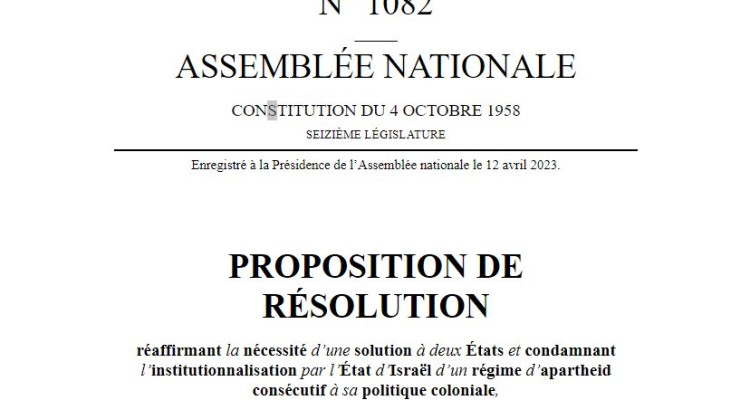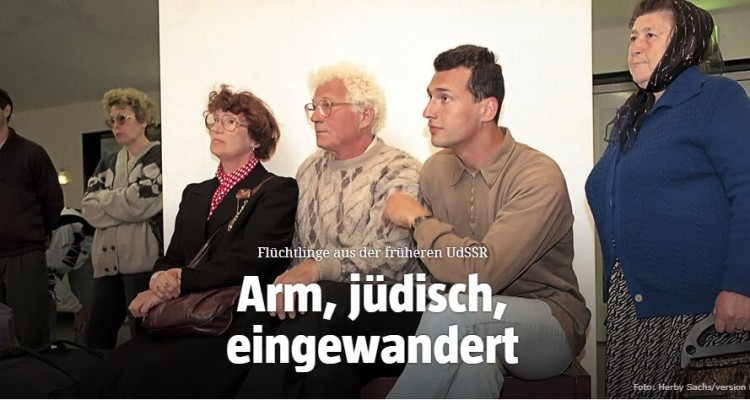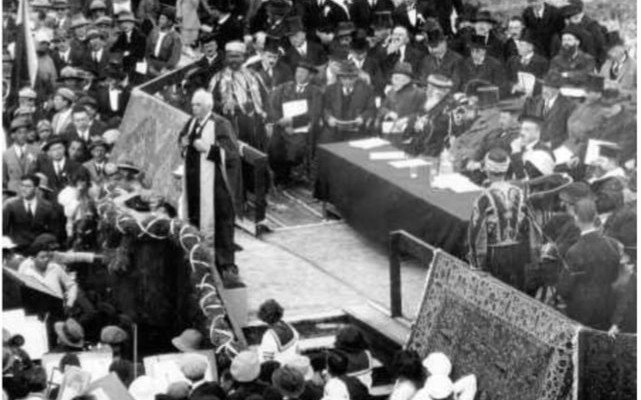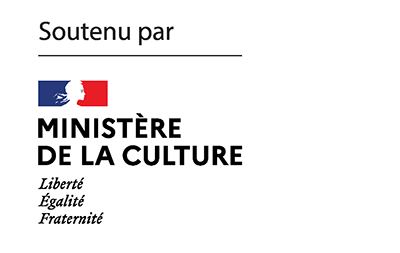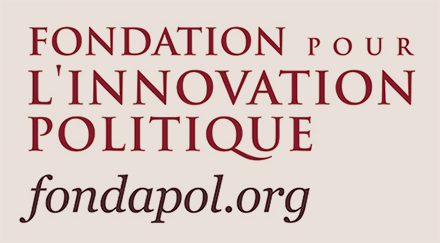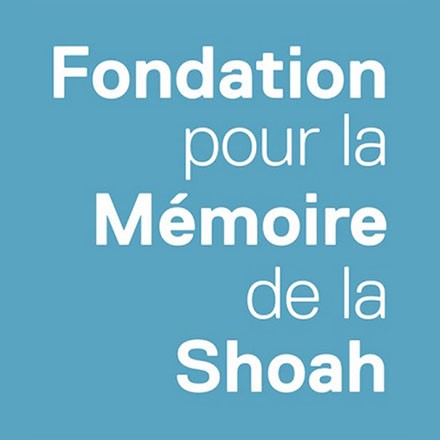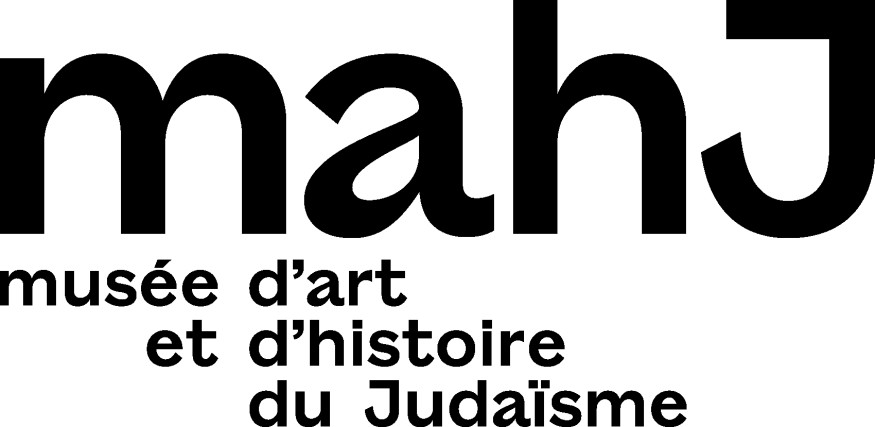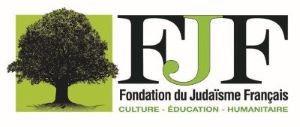Last week, the French National Assembly rejected a motion for a resolution tabled by Communist MP Jean-Paul Lecoq condemning “the institutionalization by the State of Israel of an apartheid regime as a result of its colonial policy”. It was a rewrite of a text that had already been debated last July. At the time, it was analyzed in K. by Bruno Karsenti as yet another symptom of the crisis of criticism that the French left has been experiencing for several years. Today’s resolution no longer says that “the Israeli authorities treat the Palestinians as an inferior racial group” and states in its title the “need for a two-state solution”, but the spirit remains the same: one must continue to disqualify Israel by presenting it as an apartheid state. Except that between last July and today something has changed on the Israeli political scene: a large part of its democratic society is brandishing the text of the Declaration of Independence and, with vigor and in the name of a certain idea of Zionism, is reacting to what it sees as a corruption of Zionism by the current government. Bruno Karsenti reflects on this episode, in which a text from the part of the left that is currently dominant in France tries not to see what is going on in the Israeli reality, which invalidates its conclusion.
After the Shoah, 30,000 Jews remained in Germany. Depending on the method of calculation that we use, their number today is between 118,000 and 275,000[[1]. More than 200,000 Russian-speaking Jews, who have arrived since the beginning of the 1990s, account for the difference. It all began in the GDR, in the last year of its existence, when rumors of pogroms in Russia were circulating. The country wanted to prove that it had changed – both with regard to its Nazi past and its past under Soviet tutelage – and to appear as the country that would come to the aid of the Jews without hesitation. After the integration of the GDR into the FRG, this desire, coupled with the impulse to repentance that was one of the driving forces behind it, would animate the whole of reunified Germany. However, it soon came up against a complex reality: who among these Soviet Jews who arrived was really Jewish? What does being Jewish mean to them and to the German Jewish communities? Furthermore, what is a Jew for the Germans who claim to want to “welcome” them, but without renouncing what they think is “a good Jew”? Lisa Vapné retraces the steps of this Russian-speaking Jewish immigration and comes back on all the legal, political and above all symbolic stakes that it represented.
Finally, this week we republish the powerful inaugural speech of the Hebrew University of Jerusalem that Haïm Nahman Bialik gave in 1925. A founding moment in the history of Zionism that the great poet inscribes in the long history of the Jewish people. Rather than on the rupture represented by the return to Eretz Israel, Bialik insists on the continuity of the study which will henceforth find in this university the privileged place of its extension. This is a way of articulating, with prophetic accents, the long diasporic existence and the recent territorial re-anchoring, and of giving all its historical depth to the spiritual ideal that the University of Jerusalem intends to embody.
Notes
| 1 | “Taking into account the slowness of new immigrants to join the organized community and the choice of some Jews not to join, we have estimated the core Jewish population in Germany at 118,000, which are part of a larger population, resulting from the Law of Return, estimated at 275,000.” Sergio della Pergola, Jews in Europe at the turn of the Millennium, Jewish Policy Research Institute JPR, London, November 2020, p.30. |
